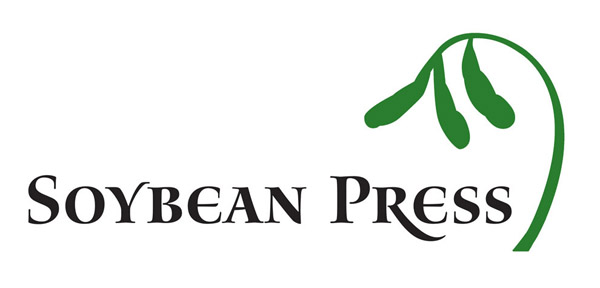Soy protein has been used since 1959 as ingredients for its functional properties in a variety of foods such as salad dressings, soups, vegetarian foods and meat imitations. Its functional properties are emulsification and texturizing. Recently the popularity of soy protein is increasing, mainly because of its health benefits. It has been proven that soy protein can help to prevent heart problems and many countries allow health claims for food, which are rich in soy protein.
In the US a soy protein health claim is allowed under the following conditions:
One serving must contain at least 6.25 grams of soy protein.
One serving may contain max 3 grams of fat, unless the product consists of or is derived from whole soy and contains no fat in addition to the fat inherently present in the whole soy. Of these 3 grams of fat max 1 gram may be saturated fat, representing max 15% of the total calories.
One serving must contain at least 6.25 grams of soy protein.
One serving may contain max 3 grams of fat, unless the product consists of or is derived from whole soy and contains no fat in addition to the fat inherently present in the whole soy. Of these 3 grams of fat max 1 gram may be saturated fat, representing max 15% of the total calories.
The serving must contain less than 20 milligrams of cholesterol.
The food must be low in sodium: less than 480 milligrams for an individual food, less than 720 milligrams for a main dish and less than 960 milligrams for a meal product.
The food must be low in sodium: less than 480 milligrams for an individual food, less than 720 milligrams for a main dish and less than 960 milligrams for a meal product.
Categories of soy proteins
Soy proteins can be divided into different categories according to their production method:
Soy protein isolate is the most refined form of soy protein and is mainly used in meat products to improve texture and eating quality. Soy protein isolate contains about 90 percent protein.
Soy protein concentrate is basically soybean without the water soluble carbohydrates। It contains about 70 percent of protein.
Textured soy protein, often called TSP, is made from soy protein concentrate by giving it some texture. TSP is available as dry flakes or chunks. It will keep its structure when hydrated. Hydrated textured soy protein chunks have a texture similar to ground beef. It can be used as a meat replacement or can be added to meat. Textured soy protein contains about 70 percent protein.








